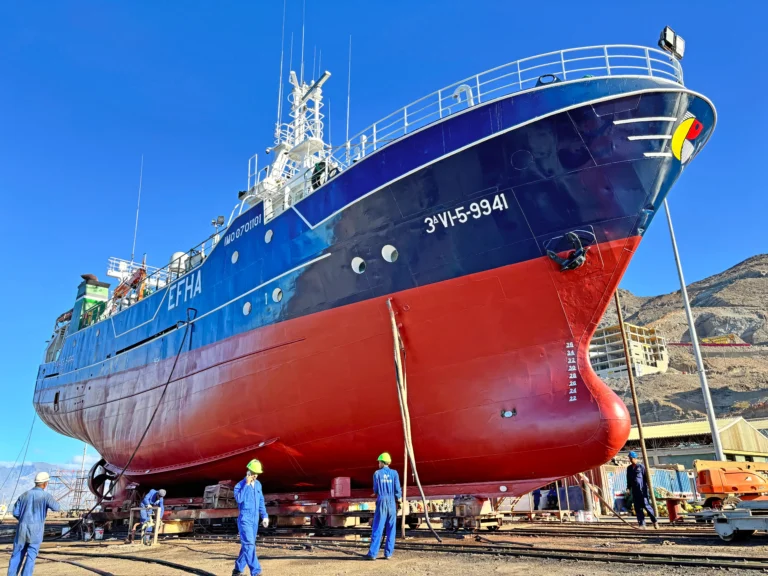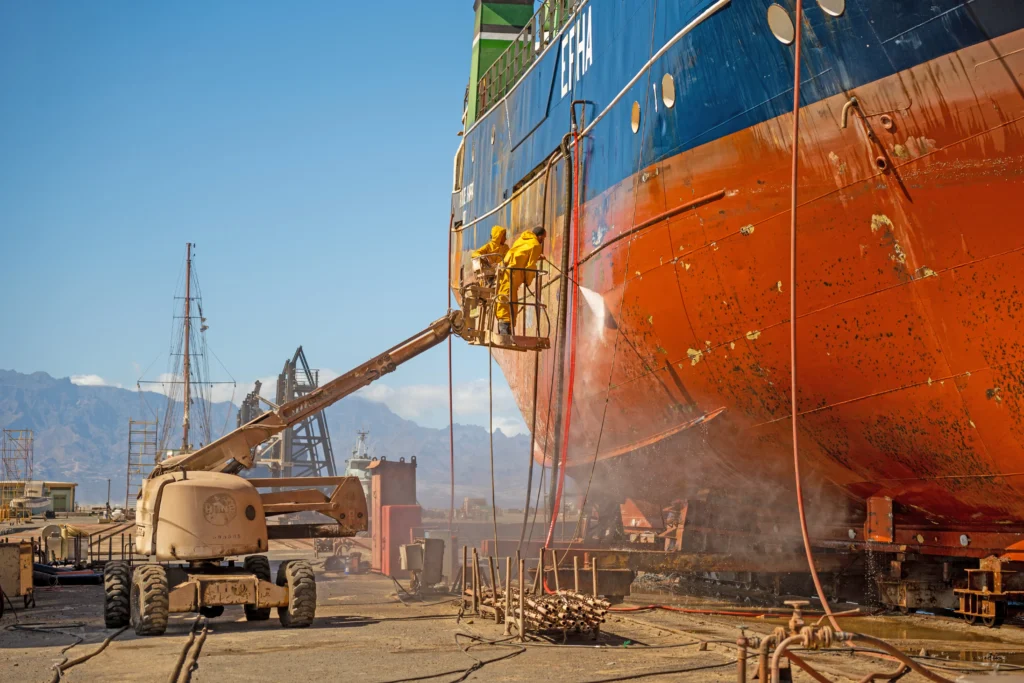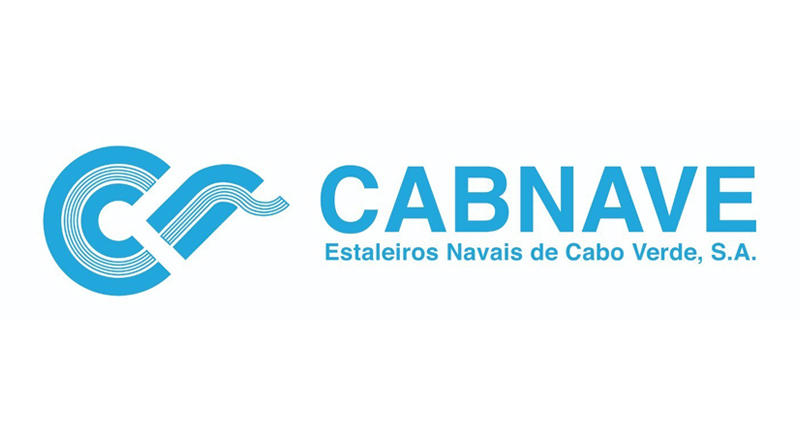Technical Inspections: What Should Be Evaluated at Each Stage?
A ship's longevity and performance are directly linked to the quality of the technical inspections carried out throughout its life cycle.

More than a legal requirement, these assessments are essential to guarantee crew safety, operational efficiency and compliance with international standards. In this article, we explain, in a clear and straightforward manner, what should be assessed at each stage of technical inspections, from arrival at the shipyard to completion of services.
Before the Hire: Preparation and Planning
The first stage of the technical inspection begins when the ship is docked. This is the time to gather information and check the basic conditions for the docking operation. This stage aims to avoid delays, accidents or structural damage right at the start of the process.
Main points to assess:
1. General condition of the visible hull structure;
2. Condition of the fixing points for towing and mooring;
3. External cleanliness of the ship (preliminary check for fouling);
4. Operation of essential manoeuvring systems (rudder, propeller and auxiliary propulsion).
Technical tip: Good pre-docking planning significantly reduces docking time and optimises shipyard resources.

During Hauling: Initial Structural Inspection
Once the ship is positioned in the repair yard, the visual and physical inspection of areas that remain submerged begins. This stage is crucial for detecting damage not visible during operation in the open sea.
Main focus at this stage:
1. Condition of the living works (submerged hull);
2. Presence of corrosion, cracks or deformations;
3. Condition of the sacrificial anodes;
4. Integrity of the propulsion system (propellers, shafts and nozzles);
5. Assessment of the bottom valves and water inlet/outlet grilles.
Note: Cleaning the hull with a high-pressure fresh water jet facilitates a more accurate and reliable inspection.

During Docking: Detailed Assessment and Interventions
Once the ship is dry and safely on the pier, the technical team carries out a more in-depth assessment and can intervene to make any necessary repairs or replacements.
At this stage, they inspect:
1. Dead works (side above the waterline);
2. Conditions of the paintwork and layers of anti-corrosion protection;
3. Keel structures, bulb and caverns;
4. Steering system and rudder;
5. Ballast tanks, by internal inspection (when required).
In addition, non-destructive tests (such as ultrasonic probing) are carried out to assess the thickness of the steel and identify possible structural losses.
Cladding and Assembly Phase: Post-Intervention Inspection
After repairs and mechanical or structural interventions, the application of new protective coatings and the reinstallation of removed components begin. Here, the inspection aims to guarantee the quality of the work carried out.
What is checked?
1. Correct application of the paint coats (number of coats, thickness and drying);
2. Functioning of the reinstalled systems (pipes, valves, propellers, rudder);
3. Compliance with the approved repair plan.
Important: The shipyard must document all stages and keep photographic records and technical reports for future reference and audits.
Post-Launch: Final Tests and Certification
Once the work has been completed and the ship put to sea, the ship repair and maintenance company carries out a series of final tests to ensure that the ship is in safe operating condition and ready to resume its activities.
This phase includes:
1. Checking the watertightness of the hull and repaired components;
2. Assessing the performance of essential systems on the high seas (sea trials if necessary);
3. Final inspection of paintwork and corrosion protection.
Once this stage has been completed, internationally recognised classification societies such as — the Bureau Veritas, Lloyd’s Register, American Bureau of Shipping (ABS), RINA or Indian Register of Shipping — can be responsible for issuing certificates of conformity. These documents certify that the ship fulfils the established technical and regulatory requirements and are essential for its safe operation and compliance with international standards.
Inspection is Prevention
Well-executed technical inspections are an effective way of preventing serious failures, optimising resources and increasing the useful life of ships. At Cabnave, each stage of ship repair is monitored by experienced professionals who follow strict technical and operational protocols.
Did you like this article?
Share this content with other professionals in the sector:

